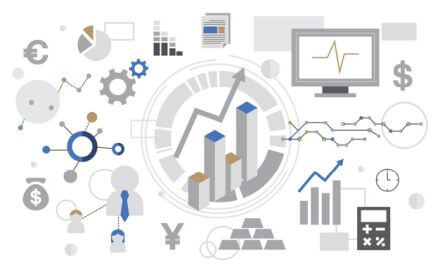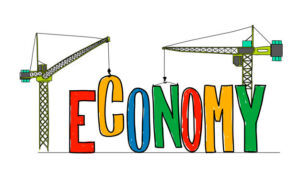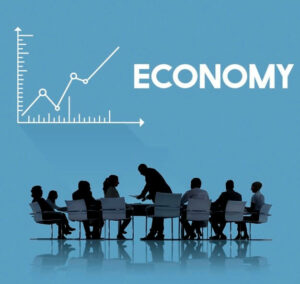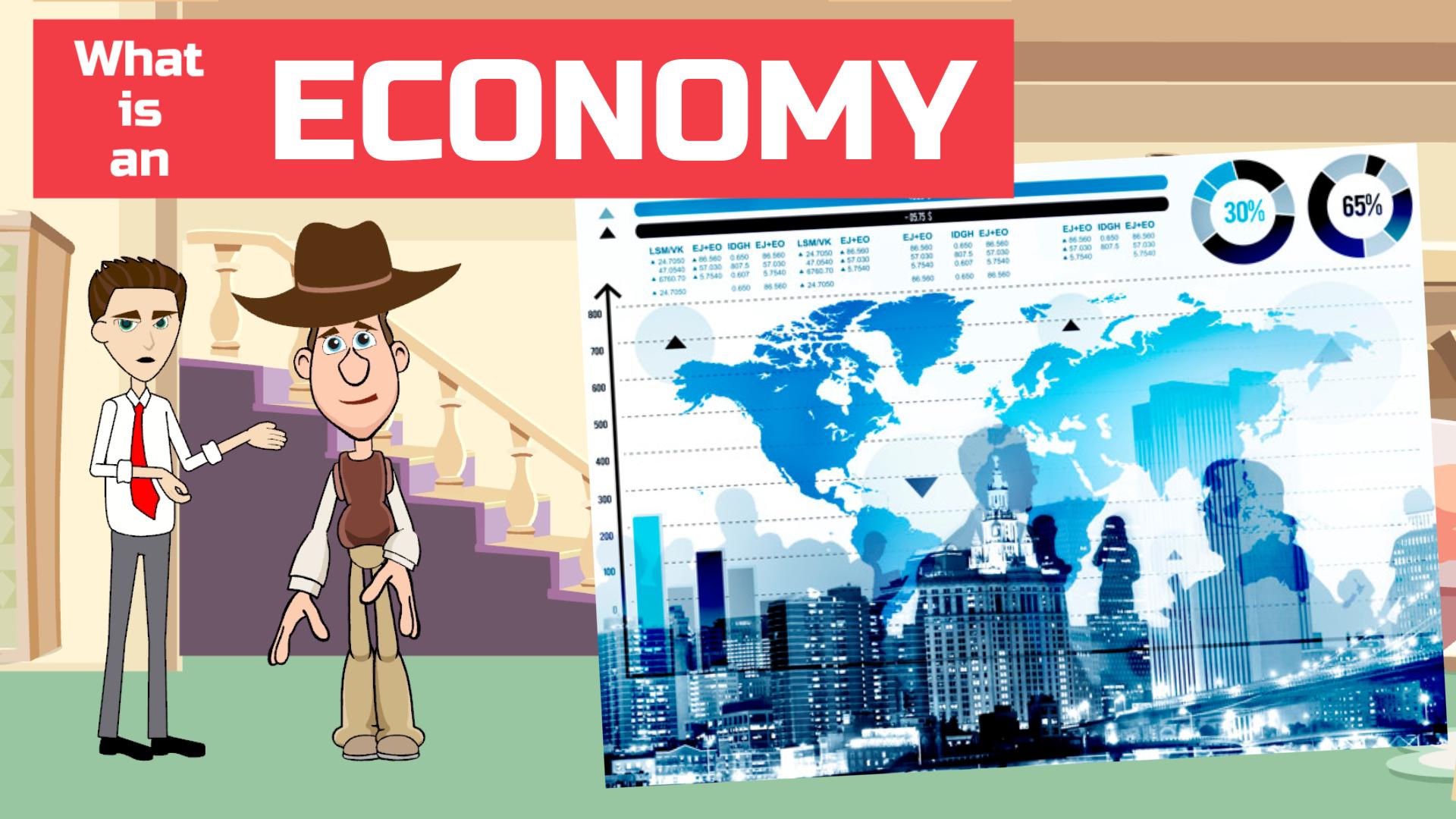Introduction to an Economy for Kids and Teens
This video explains the concept of an economy in a simple, concise way for kids and beginners. It could be used by kids & teens to learn about economies, or used as a money & personal finance resource by parents and teachers as part of a Financial Literacy course or K-12 curriculum.

Suitable for students from grade levels:
- Kindergarten
- Elementary School
- Middle School
- High School
The topics covered are:
- What is an economy
- Different types of economies
- Factors to consider to evaluate if an economy is healthy
What is an economy?
An economy is a collection of all the goods and services produced, consumed, and distributed in a specific area – such as a country, state, or city.

For example, the US economy includes goods and services that are produced, imported, distributed, or used by the people living in the US, American companies, or the US government.
Goods are physical things like cars, furniture, clothing, food, etc. Services include value provided using skills or time, like teaching, fire-fighting, house cleaning, medical care, etc.
Both goods and services are provided in exchange for money.
Are there different types of economies?
There are 3 main types of economies.
Market or market-based economies use the ‘free market’, where businesses and people can buy and sell goods and services at prices determined by supply and demand, without interference from the government.
Command or command-based economies, also called socialist economies, are where the government controls the production, pricing, and distribution of goods and services.
Supply and demand don’t play a role and the government owns everything – not individuals or companies.
Mixed economies are a middle ground between market and command-based economies. There is a free market system, but the government creates rules and regulations that influence the economy.
The vast majority of economies today are mixed economies – although each may lean more toward command or market economies.
In the US, while most of the economy functions as a free market, the government regulates some industries – like banking, and places restrictions on others – like gambling, for the overall welfare of the people.
What factors should I consider to evaluate if an economy is healthy?
Generally, a healthy economy is one where there are lots of well-paying jobs, businesses are thriving and the overall economy is growing.

But there are some specific factors – called economic indicators – that can help determine how well a country’s economy is doing.
GDP – or Gross Domestic Product – is the value of all goods and services produced in a country within a specific period of time, usually a year.
It is used to measure the size of an economy and its growth. An increase in GDP means the economy is growing.
Inflation is the increase in the prices of goods and services over time, which also decreases the purchasing power of a currency as you need more money to buy the same things.
While too much inflation isn’t good, some level of inflation – ideally 2% – is considered essential to keep up the demand and keep the economy growing.
Unemployment rate is the percent of the workforce that is unable to get a job, even when they are trying to. The lower the unemployment rate the better.
What is economics?
That’s a great question Sooper Cooper. But that’s a topic for another time.
Download Transcript: Ideal for Use by Teachers in their Lesson Plan to Teach Kids & Teens

